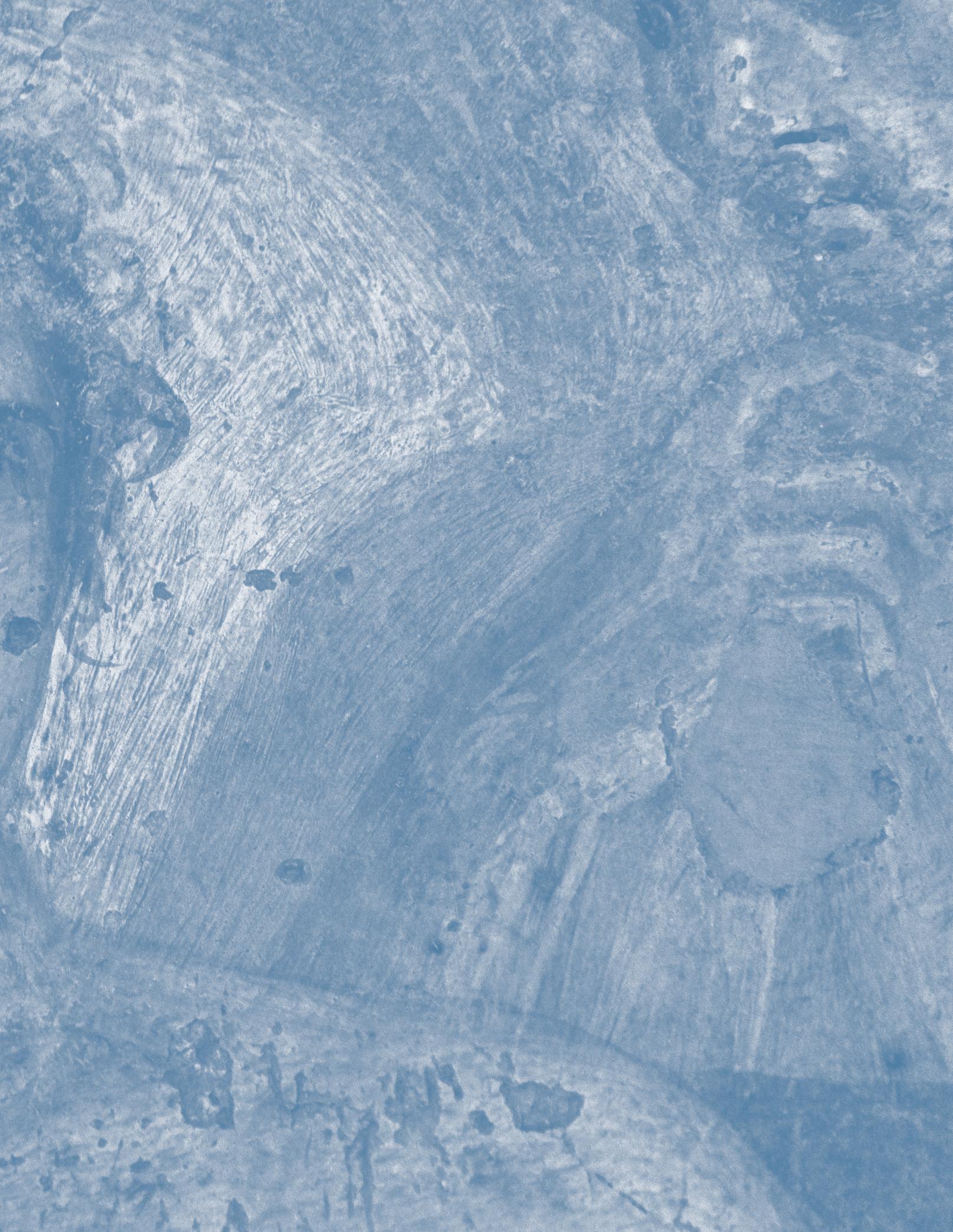

ANNIA, TOP 100 WINE OF 2024, WINE SPECTATOR
ANNIA, TOP 50 WINE OF 2024, VINEPAIR
DAN PETROSKI, WINEMAKER OF THE YEAR, 2024, VINEPAIR




ANNIA, TOP 100 WINE OF 2024, WINE SPECTATOR
ANNIA, TOP 50 WINE OF 2024, VINEPAIR
DAN PETROSKI, WINEMAKER OF THE YEAR, 2024, VINEPAIR

“The wines didn’t fit the culture of how I was living my life and how nostalgically and romantically I wanted to live my life. I wanted to live the Mediterranean lifestyle; I wanted to drink Campari and Sodas and white wines that are salty and acidic and floral.” Dan Petroski is talking about the dissonance of his early days in Napa. By day, he made Cabernet Sauvignon; at night, he and the other winemakers in the Valley would sit around dinner tables dotted with imported white wines.
Dan started Massican to make “wines that you can put on the table at the peak of summer when you’re eating dinner outside with your friends and family.” He was just a few years removed from a late-career shift from media into wine, a “big swing” that landed him in the cellar of Valle dell’Acate in Sicily, then a harvest internship at DuMol, which, in turn, led to a job at Larkmead in 2006 working with then-winemaker Andy Smith to refresh the historic estate. When Smith left in 2012, Dan became Larkmead’s head winemaker, overseeing the winery’s transition into low-intervention winemaking and increasing its focus on vineyard-designate wines.
It was in his early days at Larkmead that Dan discovered some old vines of tocai friulano, and with the 2009 vintage, he started Massican with an opening salvo of 400 cases, a ribolla-friulano-based-blend, not exactly standard Napa fare (read more about this wine, the emblematic Annia, on the following pages). Over the next several years, Dan moonlit as Massican’s auteur while taking Larkmead from strength to strength, and this ability to straddle two worlds - positing Napa’s future while simultaneously caretaking its historical legacy - inspired the San Francisco Chronicle to name him “Winemaker of the Year” in 2017. In 2021, Dan left Larkmead to focus on Massican full-time, a bet that has most recently resulted in him winning “Winemaker of the Year” again, this time with Vinepair.
Nearly fifteen years since its founding, Massican has become more than a white wine winery; it’s an entry point to conversations about accessibilty and affordability of top California wines. But this is only possible if the wines are good…and they are. The grapes may not be obvious, but the intention is clear. Massican is rooted in the personal, an extension of its founder: Italian in heritage and exuberant in expression; casually elegant wines built for the table and, perhaps, a bowl of brined olives.
Petroski’s vision inspired the San Francisco Chronicle (2017) and Vinepair (2024) to name him “Winemaker of the Year”



To talk about Massican is to talk about Annia.
Annia was Massican’s first wine. It was, in fact, envisioned initially by Dan Petroski back in 2009 to be Massican’s only wine, conceived, in part, as a kind of stylistic negative to the weighty, oaky Napa whites that had become ‘de rigeur.’
But it’s hard to say what came first, the idea or the grapes. Dan recollects that—like all good ideas—it happened concurrently: opportunity and inspiration mingled when he opened the California grape report, discovered plantings of ribolla gialla and tocai friulano, and got curious.
The tocai friulano, scarce as it was, made some sense. Thanks to its ability to botrytize, the grape made its way from Friuli to France (where it is known as ‘sauvignonasse’), and from France to small pockets all over the new world. Much of the Tocai Friulano in Massican’s Annia is from vines in the Nichelini vineyard that are nearly 80 years old, initially planted to satiate the post-war, white-wine-palate of returning soldiers (red wine took time, a luxury in short supply in war-torn Europe).
But the ribolla gialla? That was weird. How did an obscure native grape from Northeast Italy get to Napa in the early 2000s? Who would give up a prime piece of Cabernet country for this idiosyncratic grape? The answer is George Vare - one of California wine’s great visionaries - whom Dan calls a mentor (there is too much to say about Vare here; google him and marvel). Vare fell in love with the grape when traveling through Italy, so much so that he planted his backyard with cuttings from Friuli-icon Joško Gravner, growing the first ribolla vineyard in North America.
For fifteen vintages now, Dan has sourced the Nichelini and Vare vineyards for Annia, blending their Friulian grapes with a percentage of Carneros chardonnay. The tocai friulano gives the wine pear flavors and texture; Dan calls this the ‘roof’ of the wine. The ribolla
brings savory qualities, spice, and sea foam salinity, the ‘floor’ of the wine. The chardonnay connects everything with rounded acidity; Dan references Lebowski when he calls it ‘the rug that ties the room together.’ The result is a wine that has its soul in Italy and its feet in California, an essential piece of Napa counterprogramming that still maintains the brightness of its provenance.
From 2015 to 2018, in a “through the looking glass” move, Massican bottled a blend of the same three grapes from vineyards in Friuli, prompting a friend to joke, “You make Italian wines in American, and American wines in Italy!” At the heart of that comment is the suggestion that Annia is borderless, which suits Dan perfectly. As you revel in Annia’s California fruit and salty Mediterranean finish, he will remind you that Massican isn’t a place; it’s an ideal.
...
There’s one more thing: the name.
Dan grew up in the (formerly) working-class neighborhood of Windsor Terrace in Brooklyn, and his mother would buy a bottle of wine every week to enjoy a small glass at the end of the day. Before starting Massican, Dan was dismayed that he was making wines in Napa that his mother couldn’t afford, and his new project offered him a way to correct that. Massican wines aren’t cheap, but they’re attainable, and that mattered. He named the wine after her - Annia - a loving tribute that would coax her to a nearby wine shop to tell the people working there, “That’s my name! That’s my wine! That’s my son!”
So, yes, to talk about Massican is to talk about Annia. It is not just a wine but also a person: an ode to mothers and mentors, the culture of the Mediterranean, and a democratic vision for the future of California wine.

Massican sources grapes from several vineyards in northern California, having cobbled together relationships with farmers over the years to secure his unique grapes (Massican accounts for more than a third of all the ribolla gialla and tocai friulano bottled in California). While some vineyard sources may change from year to year, others have been woven into the DNA of the wines.
The 2.5-acre Vare Vineyard (a historical name, the owners are now the Bengier family) is particularly important; the first and largest ribolla gialla vineyard in North America was planted in 2000 from budwood gifted by Friuli legend Josko Gravner, and it serves as the core of Massican’s Annia bottling. Also found in Annia? Tocai friulano from vines planted in 1946 at the Nichelini vineyard in Chiles Valley, tipped off to winemaker Dan Petroski by his friend Tegan Passalacqua.
Some vineyards weren’t found but earned. Chris Bowland planted ribolla gialla, tocai friulano, and greco in the Russian River Valley specifically for Massican. As Bowland told the San Francisco Chronicle: “When you plant, it’s a 20-year investment, so you don’t just do that on a whim, but what encouraged me with Dan is that he’s an honest person, and I know he’s going to be around a while.”
B OWLAND*
V ARE*
LOST SLOUGH*
*Indicates Organic Farming Practices
Ribolla Gialla (41%), Tocai Friulano (33%), Chardonnay (26%) from Sonoma (66%), Napa (34%)
TECHNICAL:
12.4% abv | 3.6 pH | 5.5 g/L total acidity | 0.3 g/L residual sugar
NUTRITIONAL:
30 ppm sulfur at bottling (0.003%) | 93 calories per glass* | 2.5 carbs per glass* 0.1 g sugars per glass* | no animal byproducts used | gluten free
(*6 glasses in a bottle)
WINEMAKING
Whole cluster pressed and left to settle overnight. Fermented in 300L used French oak & stainless tanks with a combination of indigenous and commercial yeasts. Nitrogen was added to aid fermentation; no other adjustments were made to the must. Some malolactic fermentation took place naturally during primary fermentation.
Aged for 6 months in a combination of 300L used French oak & stainless steel.Bottled unfined & sterile filtered between 02.27.23 and 03.03.23 in Napa, California.
VINEYARDS
Ribolla Gialla was sourced from the Vare vineyard (Oak Knoll AVA) and Hudson vineyard (Carneros AVA) in Napa, and Bowland vineyard in Sonoma (Russian River Valley AVA).
Tocai Friulano (known also as ‘Friulano’) was sourced from the aforementioned Bowland vineyard (organic), as well as Nichelini vineyard (Chiles Valley AVA, planted 1946) and Hudson vineyard (Carneros AVA) in Napa and Alta Vista vineyards in Sonoma (Carneros AVA).
Chardonnay comes from the Alta Vista vineyard in Sonoma (Carneros AVA).
PACKAGING & PRODUCTION:
Diam 3 closure | 578 g bottle weight | 12-pack cardboard case | 32,832 bottles




